These States Are Making It Illegal For Illegal Immigrants To Enter
Authored by Darlene McCormick Sanchez via The Epoch Times (emphasis ours),
Conservative states across the country—Florida, Iowa, Louisiana, Tennessee, Georgia, and Oklahoma—are taking border security matters into their own hands, proposing or passing legislation targeting illegal immigration.
 (Illustration by The Epoch Times, Shutterstock, Getty Images)
(Illustration by The Epoch Times, Shutterstock, Getty Images)
The Oklahoma legislature just passed a bill designed to prohibit illegal immigrants from entering or living in the state.
HB 4156 states: “A person commits an impermissible occupation if the person is an alien and willfully and without permission enters and remains in the State of Oklahoma without having first obtained legal authorization to enter the United States.”
The bill passed the state House and Senate by wide margins and Gov. Kevin Stitt, a Republican, is expected to sign it into law.
The legislature declared the issue a crisis in the state and stated in the bill: “Throughout the state, law enforcement comes into daily and increasingly frequent contact with foreign nationals who entered the country illegally or who remain here illegally.
“Often, these persons are involved with organized crime such as drug cartels, they have no regard for Oklahoma’s laws or public safety, and they produce or are involved with fentanyl distribution, sex trafficking, and labor trafficking.”
Under the new law, a conviction related to “impermissible occupation” would be considered a misdemeanor, punishable by up to one year in a county jail, a fine of up to $500, or both.
Subsequent offenses are felonies, punishable by up to two years in prison, a fine of up to $1,000, or both.
Illegal immigrants who are barred from the country or have been issued a removal order by an immigration judge, and then enter Oklahoma will face a felony charge carrying a possible sentence of up to two years in prison, a fine of up to $1,000, or both.
In all instances, those found guilty must leave Oklahoma within 72 hours of being convicted or released from custody.
 A prison cell block at the El Reno Federal Correctional Institution in El Reno, Okla., on July 16, 2015. (Saul Loeb/AFP via Getty Images)
A prison cell block at the El Reno Federal Correctional Institution in El Reno, Okla., on July 16, 2015. (Saul Loeb/AFP via Getty Images)
The law requires police to collect fingerprints, photographs, and biometric data, which will be cross-checked with Oklahoma State Bureau of Investigation databases.
“The failure of the federal government to address this issue … has turned every state into a border state,” said bill sponsor state Rep. Charles Mr. McCall said in a statement.
“Those who want to work through the process of coming to our country legally are more than welcome to come to Oklahoma; we would love to have them here. We will not reward [illegal immigration] in Oklahoma, and we will protect our state borders.”
U.S. border authorities have apprehended more than 9 million illegal immigrants nationwide under President Joe Biden, according to Customs and Border Protection (CBP) data.
Under the administration’s catch-and-release policy, many have been released into the United States and have taken up residence all over the country.
Texas’ law, Senate Bill 4, makes it a state crime to enter Texas outside legal ports of entry.
The new law was set to go into effect in March, but has been blocked and is currently tied up in the courts.
New Iowa, Tennessee, and Georgia Laws
Earlier this month, Iowa’s Republican Gov. Kim Reynolds signed Senate File 2340 into law.
The new law, which goes into effect July 1, makes it a misdemeanor to be in the state or attempt to enter the state after being deported, denied admission to the United States, or if an individual has an outstanding deportation order.
Being in the state illegally becomes a felony under certain circumstances such as the accused having two or more misdemeanor convictions involving drugs or crimes against a person.
As with the Texas law, it gives judges the discretion to drop the charges if the illegal immigrant agrees to return to the country from which he or she entered the United States.
“Those who come into our country illegally have broken the law, yet Biden refuses to deport them,” Ms. Reynolds stated in a news release.
“This bill gives Iowa law enforcement the power to do what he is unwilling to do: enforce immigration laws already on the books.”
Tennessee Gov. Bill Lee signed a new law this month that requires law enforcement agencies to communicate with federal immigration authorities if they discover people are in the country illegally, requiring in most cases cooperation in the process of identifying, catching, detaining, and deporting them.
 Texas Gov. Greg Abbott holds a press conference at Shelby Park in Eagle Pass, Texas, on Feb. 4, 2024. (Sergio Flores/AFP via Getty Images)
Texas Gov. Greg Abbott holds a press conference at Shelby Park in Eagle Pass, Texas, on Feb. 4, 2024. (Sergio Flores/AFP via Getty Images)
The law takes effect July 1.
“When there is an interaction with law enforcement, it’s important that the appropriate authorities are notified of the status of that individual,” Mr. Lee, a Republican, told reporters after signing the bill into law. “I think that makes sense. So, I’m in support of that legislation.”
Members of the Tennessee House blamed President Biden’s lack of border enforcement for the necessity of the law.
“President Biden’s administration has delivered this pain to our doorsteps,” Tennessee state Rep. Chris Todd said on the House floor.
In Georgia, lawmakers passed House Bill 1105 that would require jailers to check the immigration status of inmates.
The bill is part of an ongoing political response to the February slaying of nursing student Laken Riley on the University of Georgia campus, allegedly by an illegal immigrant from Venezuela.
The man, Jose Antonio Ibarra, was arrested in February on murder and assault charges in the death of the 22-year-old.
Immigration officials say Mr. Ibarra, 26, crossed into the United States illegally in 2022. The Department of Homeland Security confirmed to Sen. Lindsey Graham(R-S.C.) that Mr. Ibarra was paroled into the country illegally due to “capacity problems” at border detention facilities
The Georgia bill was sent to Republican Gov. Brian Kemp’s desk on April 3 and awaits his signature, at which time most measures would take effect immediately.
Louisiana, Arizona, New Hampshire
Texas’ neighbor, Louisiana, is considering the passage of SB 388, a GOP-led bill that would allow state police to arrest suspected illegal immigrants within the state.
The law passed the chamber on April 8 along party lines and headed to the House, also controlled by Republicans.
“Louisiana is one step closer to securing our border and addressing our illegal immigration crisis,” Republican state Sen. Valarie Hodges, the bill’s sponsor, posted on X.
 A National Guard soldier looks across the Rio Grande to Mexico on the border in Eagle Pass, Texas, on May 23, 2022. (Allison Dinner/AFP via Getty Images)
A National Guard soldier looks across the Rio Grande to Mexico on the border in Eagle Pass, Texas, on May 23, 2022. (Allison Dinner/AFP via Getty Images)
The battleground state of Arizona passed a law similar to Texas’ HB 4, but its Democratic Gov. Katy Hobbs vetoed it.
That inspired the Legislature to draft a ballot measure to be put to voters in November that would require businesses to use E-verify. E-verify is a voluntary federal online service for employers to check an employee’s eligibility to work in the United States against Department of Homeland Security and Social Security records.
New Hampshire, which is Republican-led, passed SB 504 allowing police to bring criminal trespassing charges against people suspected of illegally entering the United States from Canada. The measure must be approved by the House to advance.
Cities and Counties
Cities and counties in red and blue states are also pushing back in creative ways to stop illegal immigrants from coming into their jurisdictions.
“They’re basically dumped on their doorstep,” said Jessica Vaughan, director of policy studies at the Center for Immigration Studies, a “pro-immigrant, low-immigration” think tank.
In June 2023, New York City under Democratic Mayor Eric Adams sued more than 30 New York local governments alleging they issued unlawful executive orders prohibiting temporary housing for illegal immigrants in their jurisdictions.
Counties such as Orange and Rockland in upstate New York were successful in using local zoning laws to stop the mayor from busing illegal immigrants to live in their hotels.
The state Supreme Court granted Rockland a temporary restraining order against the mayor’s plan after the county argued that local zoning laws bar hotels from operating as shelters.
Orange County was granted a similar ruling.
Likewise, zoning was used by the city of Taunton, Massachusetts, to stop illegal immigrants from living in hotels, Ms. Vaughan said.
In May 2023, the state was paying millions of dollars to house some 120 homeless and migrant families at a local hotel long-term.
 A bus carrying illegal immigrants from Texas arrives at Port Authority Bus Terminal in New York City on Aug. 10, 2022.
A bus carrying illegal immigrants from Texas arrives at Port Authority Bus Terminal in New York City on Aug. 10, 2022.
Taunton city leaders filed a lawsuit against the hotel, claiming it violated its occupancy limit for nearly four months. The city aims to collect $114,600 in fines.
Residents in these small communities often struggle with housing and obtaining services that illegal immigrants get for free, Ms. Vaughan noted.
“Now paying taxes, essentially, to support these illegal migrants in their town. The schools have to accommodate them. And that’s a huge cost on the local taxpayers,” she said.
In Colorado’s Mesa County, commissioners passed a resolution in February declaring the county a “non-sanctuary county,” and denying shelter and services to illegal aliens sent there by the state or federal government, she said.
Commissioners also passed a resolution to send a letter to Denver Mayor Mike Johnston informing him the county doesn’t plan to help the city deal with its illegal immigrant surge.
Ms. Vaughan said that she believes other states are waiting to see what happens with some of Texas’ laws, such as SB 4, which are aimed at deterring illegal immigration.
“I think the feeling among most state and local officials that I’ve talked to about it is that they are watching and waiting and hoping that the court will draw some boundaries for them on what they can and cannot do,” she said.
Florida’s Laws
When it comes to making life more difficult for illegal immigrants through legislation, Florida has proven as aggressive as Texas.
Besides beefing up law enforcement to help the U.S. Coast Guard spot migrants and sending the Florida National Guard to Texas, Florida Gov. Ron DeSantis has approved laws to deter illegal aliens from staying in the Sunshine State.
The Republican governor signed SB 1718 in 2023, which was criticized by the left as one of the most anti-illegal immigrant pieces of legislation in the country.
Read more here...
Tyler Durden
Fri, 04/26/2024 - 12:45



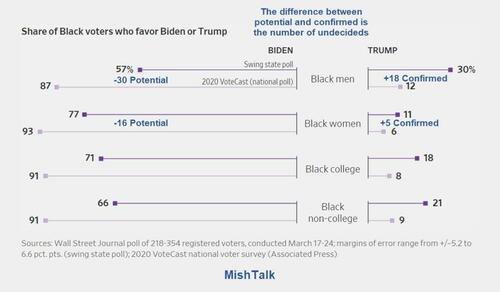

 Hala Rharrit, Arabic language spokesperson for the State Department, has quit in protest. Image: State Dept.
Hala Rharrit, Arabic language spokesperson for the State Department, has quit in protest. Image: State Dept.

 (Illustration by The Epoch Times, Shutterstock, Getty Images)
(Illustration by The Epoch Times, Shutterstock, Getty Images) A prison cell block at the El Reno Federal Correctional Institution in El Reno, Okla., on July 16, 2015. (Saul Loeb/AFP via Getty Images)
A prison cell block at the El Reno Federal Correctional Institution in El Reno, Okla., on July 16, 2015. (Saul Loeb/AFP via Getty Images) Texas Gov. Greg Abbott holds a press conference at Shelby Park in Eagle Pass, Texas, on Feb. 4, 2024. (Sergio Flores/AFP via Getty Images)
Texas Gov. Greg Abbott holds a press conference at Shelby Park in Eagle Pass, Texas, on Feb. 4, 2024. (Sergio Flores/AFP via Getty Images) A National Guard soldier looks across the Rio Grande to Mexico on the border in Eagle Pass, Texas, on May 23, 2022. (Allison Dinner/AFP via Getty Images)
A National Guard soldier looks across the Rio Grande to Mexico on the border in Eagle Pass, Texas, on May 23, 2022. (Allison Dinner/AFP via Getty Images) A bus carrying illegal immigrants from Texas arrives at Port Authority Bus Terminal in New York City on Aug. 10, 2022.
A bus carrying illegal immigrants from Texas arrives at Port Authority Bus Terminal in New York City on Aug. 10, 2022. A dairy cow at a dairy farm in Ohio, on December 12, 2014. (Aaron Josefczuk/Reuters)
A dairy cow at a dairy farm in Ohio, on December 12, 2014. (Aaron Josefczuk/Reuters)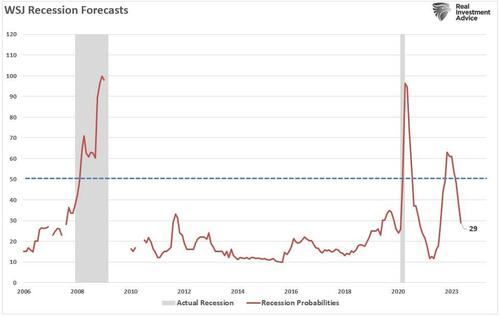
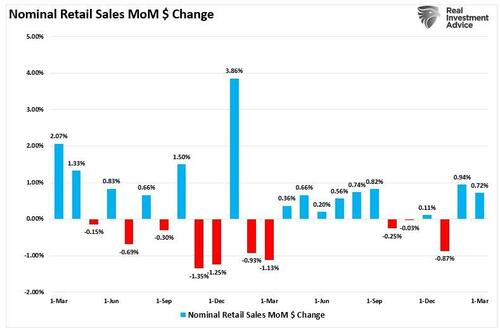
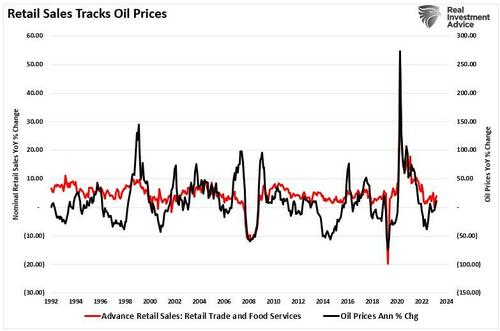
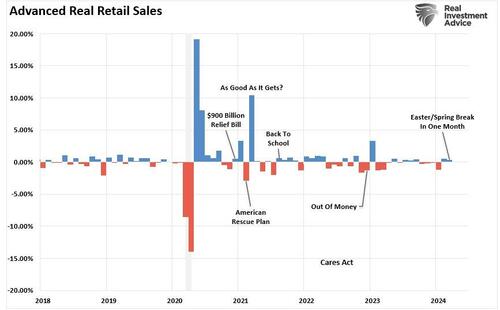
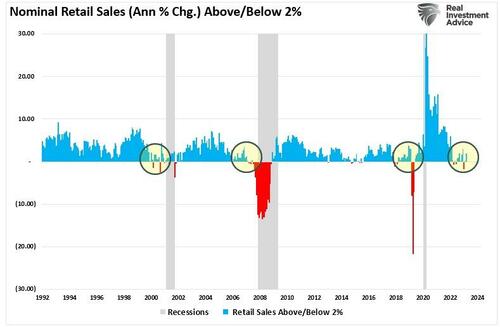
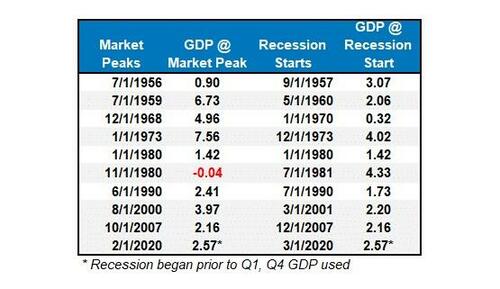

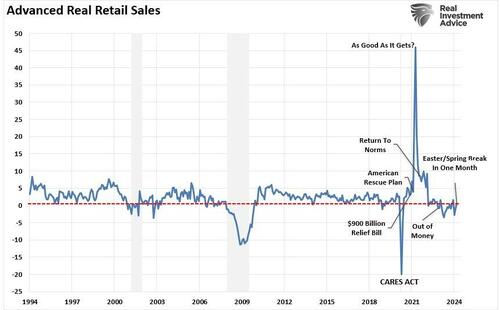

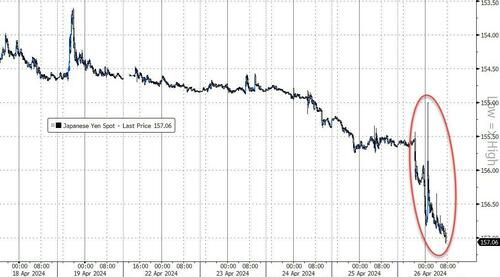



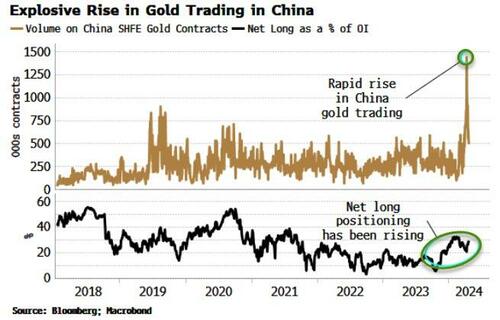

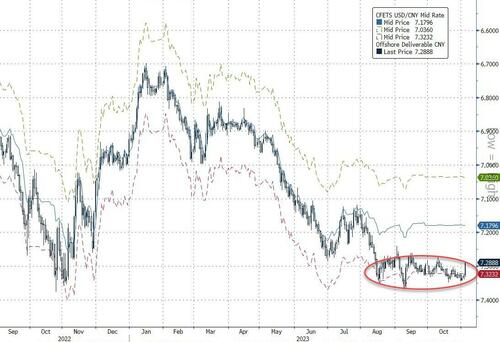
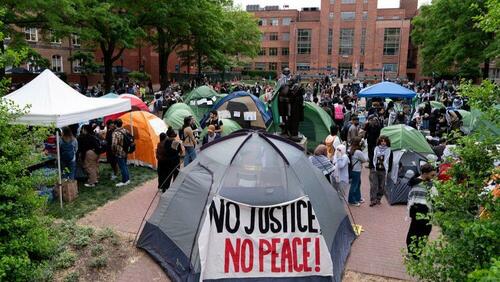




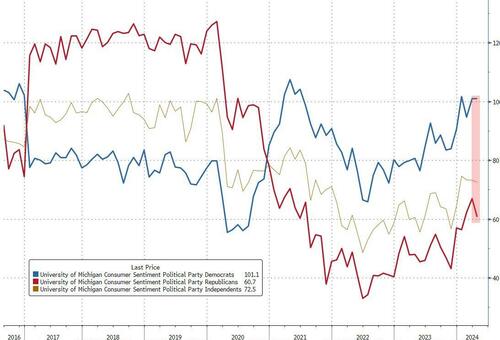


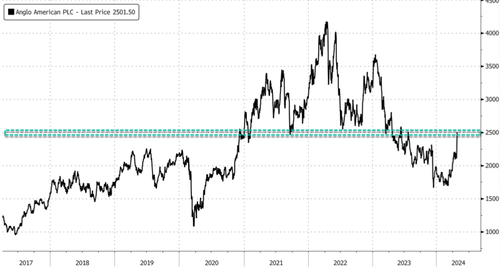
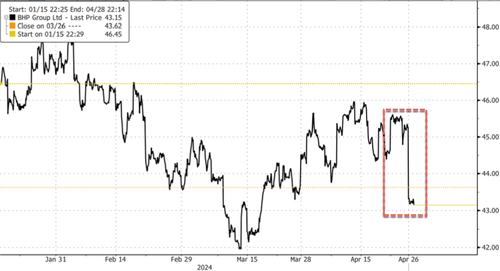





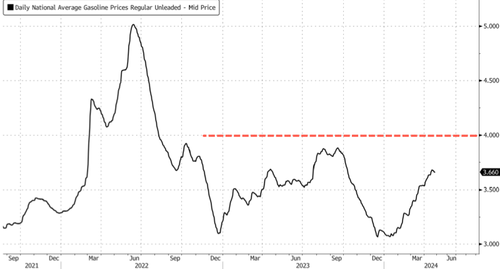


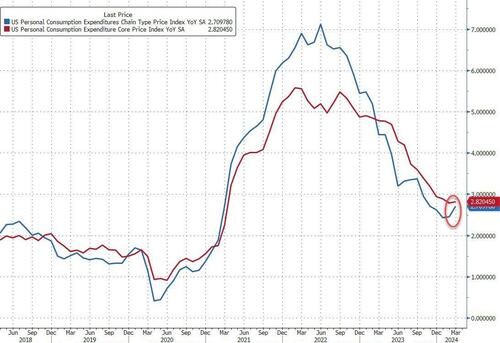
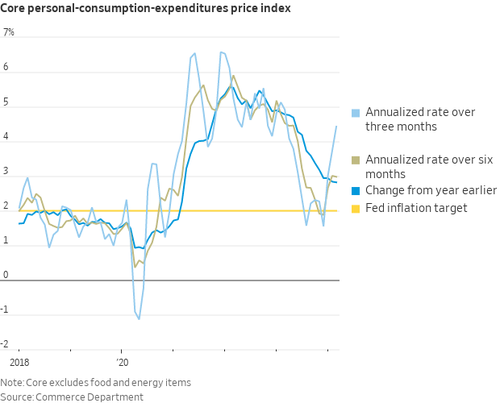

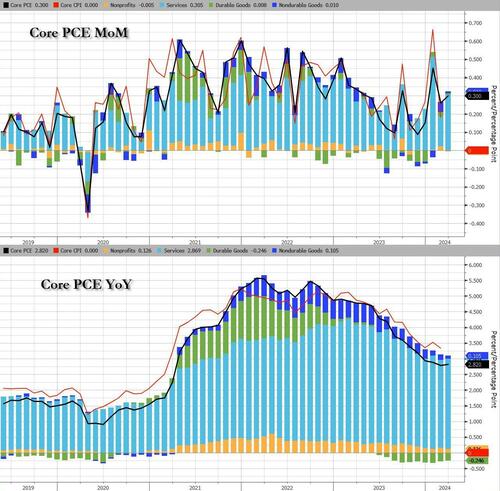
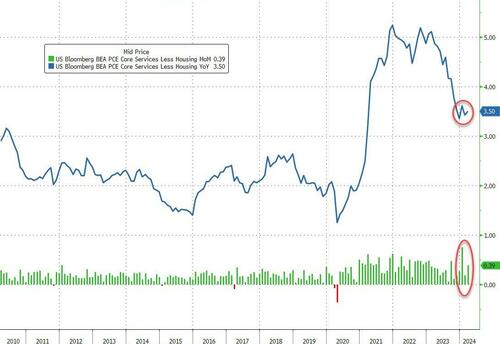
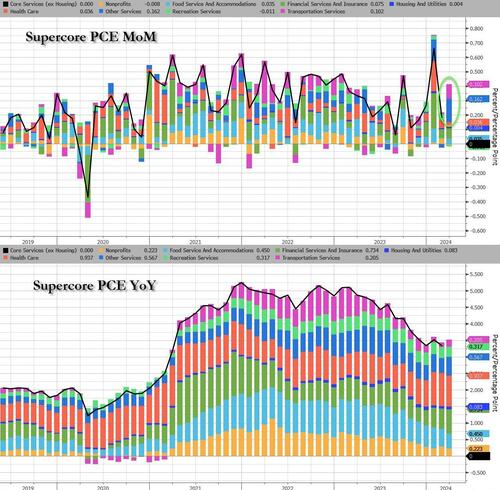
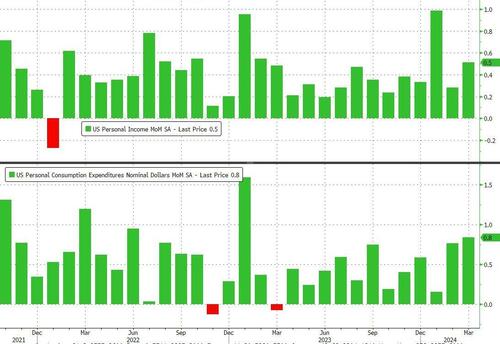
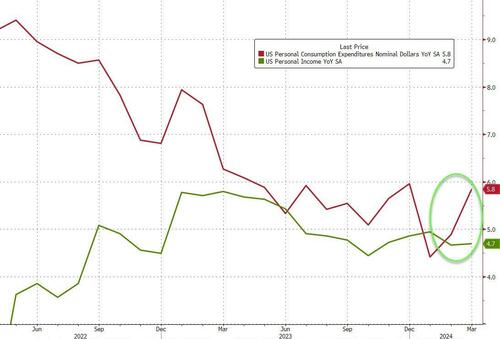
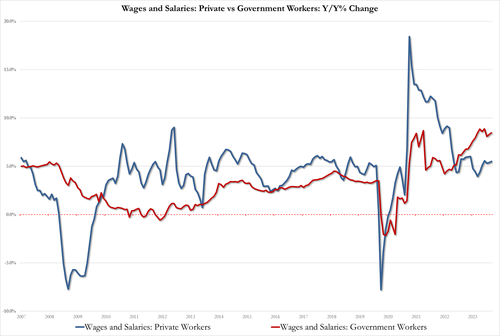


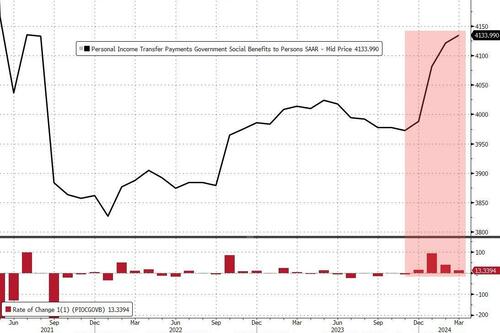

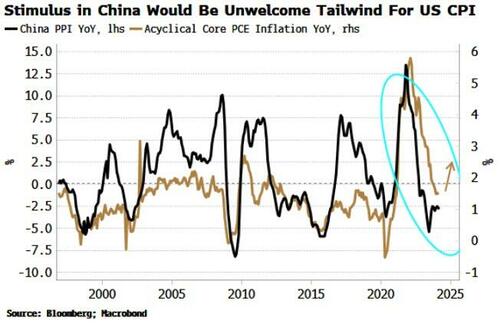
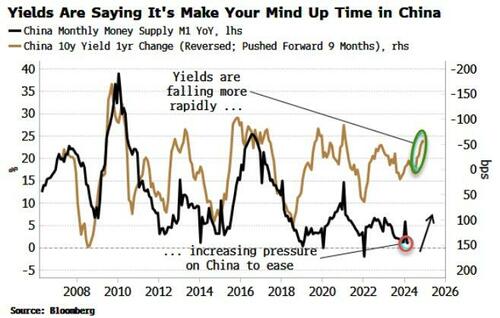
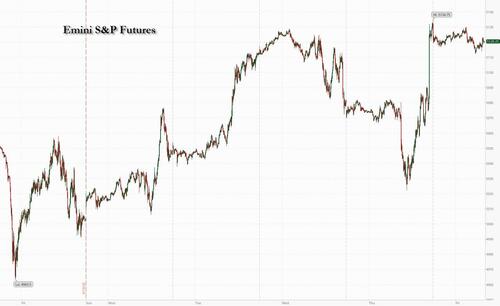
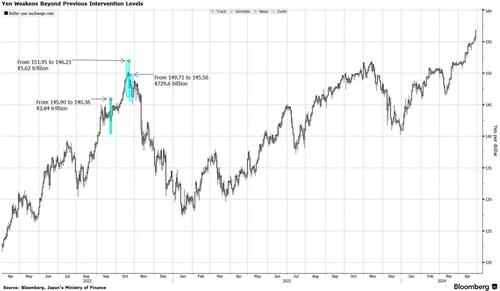

Recent comments